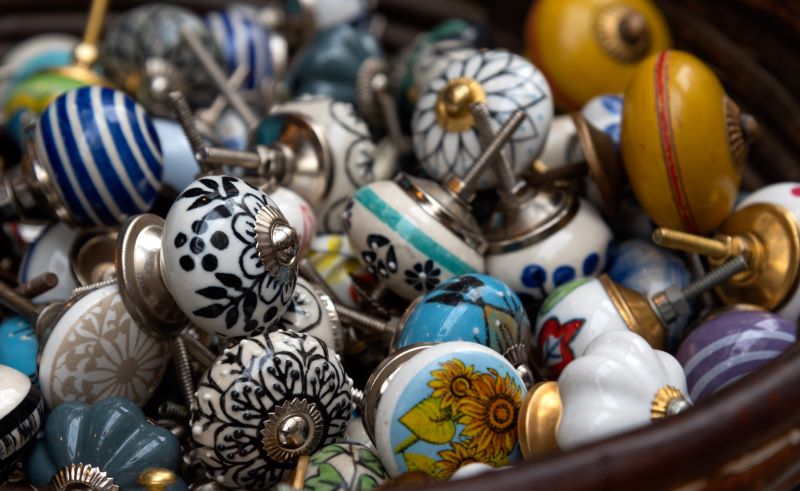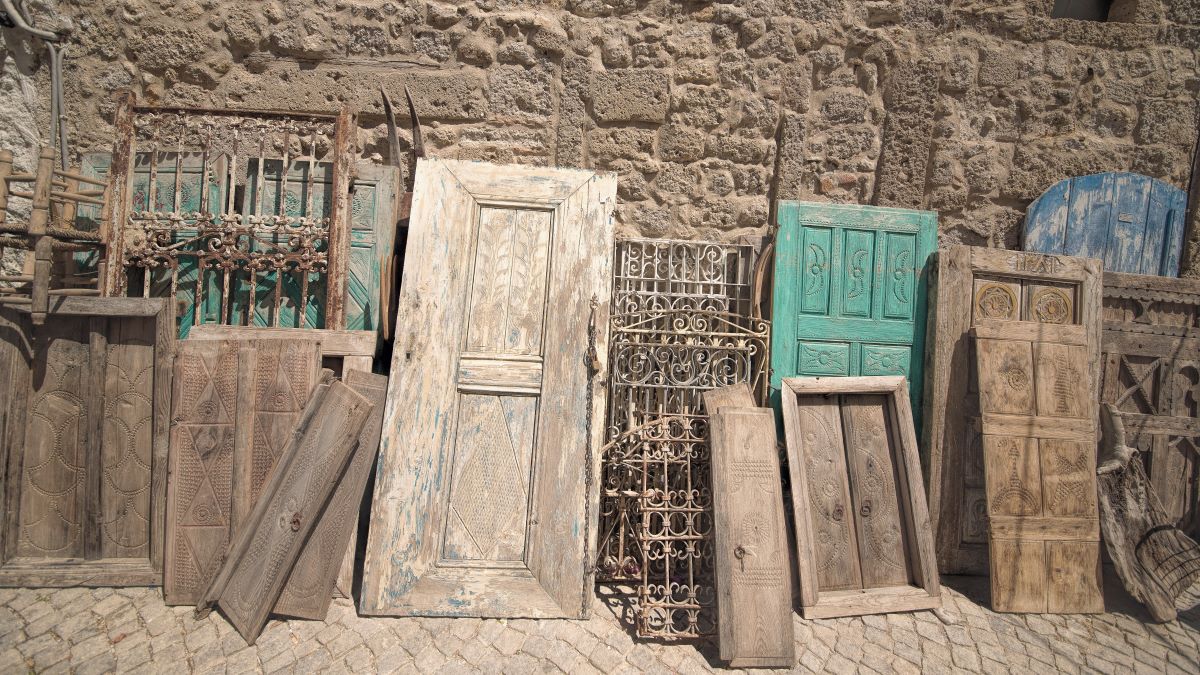When you’re doing home repairs, renovations, or even new home construction, many of the building materials you use can be recycled. If you are very conscientious, you can recycle almost everything in your entire building.
Recycling waste is only one way to close the loop. “Reduce” and “reuse” don’t always get as much attention as recycling, but might be even more effective. When it comes to building projects, you’re probably already trying to be precise about the amount of materials you buy in order to save money.
How can you incorporate reuse into your building project? The answer is architectural salvage, and it can earn results that are as stylish as they are ecological.
On-Site Salvage
Before you haul things off for recycling, take a fresh look at the materials generated by your own project. You might be able to reuse old bricks as flooring in a sunroom or repurpose wood as shelving or furniture. Old cabinets and molding might be nicer than what you can afford new, so consider updating them with paint or new hardware instead of replacing them.
Salvage Stores
Architectural salvage stores can be treasure troves of design ideas and building materials unlike anything available in stores today.
For less than a hollow-core door from Home Depot, you might find an antique redwood door at a salvage store. Habitat for Humanity has over 900 ReStore locations around the country selling appliances, building materials, and used furniture. But a quick web search will locate independent stores in most cities, too. You never know what you will find at an architectural salvage store, so it’s best to go in with a general idea and an open mind.

Online and Other Resources
If you don’t have a nearby salvage store or you’re looking for something specific, you might have more success by taking your search online. Craigslist and the classifieds are always options. Also, check out Freecycle, Facebook Marketplace, Reusewood for salvaged wood, and your local Nextdoor group.
Other options include flea markets and garage sales, although, like salvage stores, you’ll have best luck if you go with an open mind.
Using Salvaged Materials
Some salvaged materials are high-quality items that would be hard to manufacture today — things like built-in furnishings made from old-growth wood or solid brass fixtures.
But it’s not safe to assume that any salvaged item is greener than a newly manufactured one. Bathroom fixtures from the 1960s appeal to vintage enthusiasts, but waste tremendous amounts of water. Old single-pane windows are useful for building cold frames and greenhouses, but will decrease the energy efficiency of a home. Despite potential pitfalls, used judiciously, architectural salvage can make your building project greener and more interesting.
Originally published on August 20, 2019, this article was updated in June 2023.

